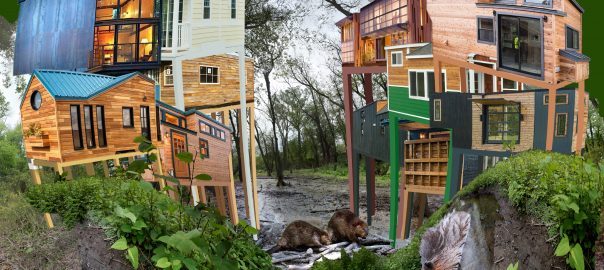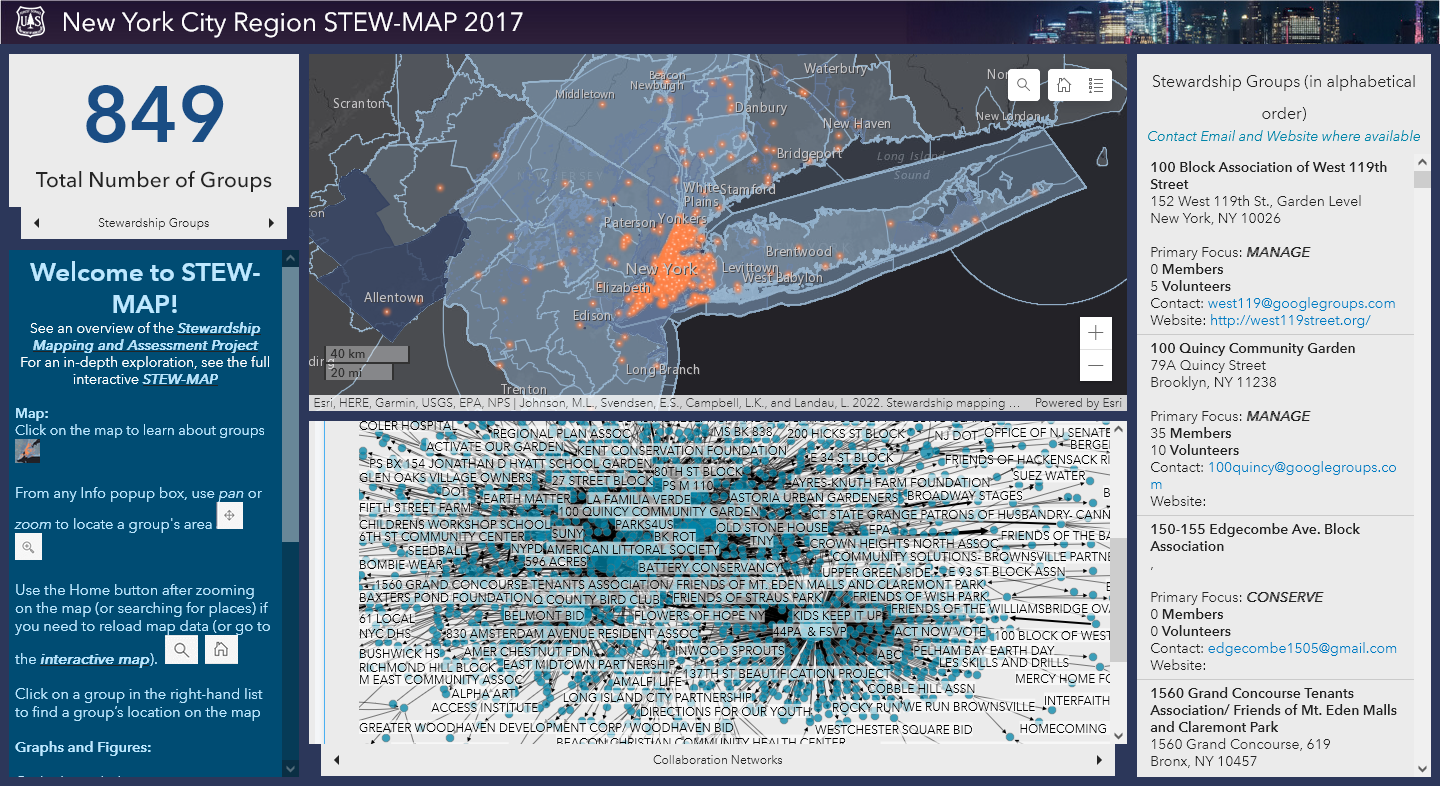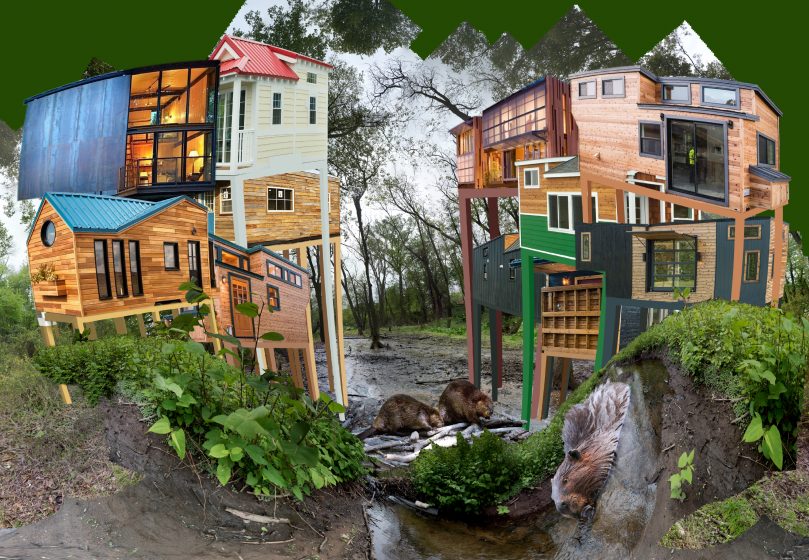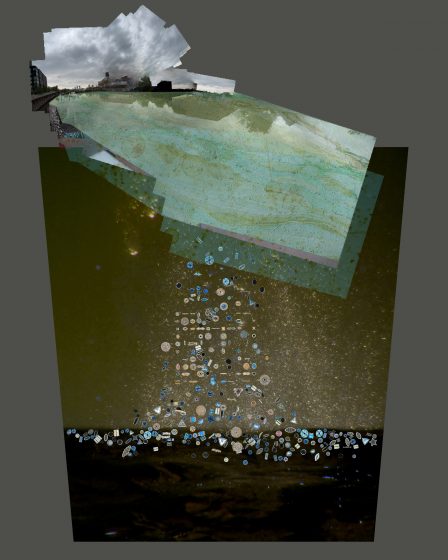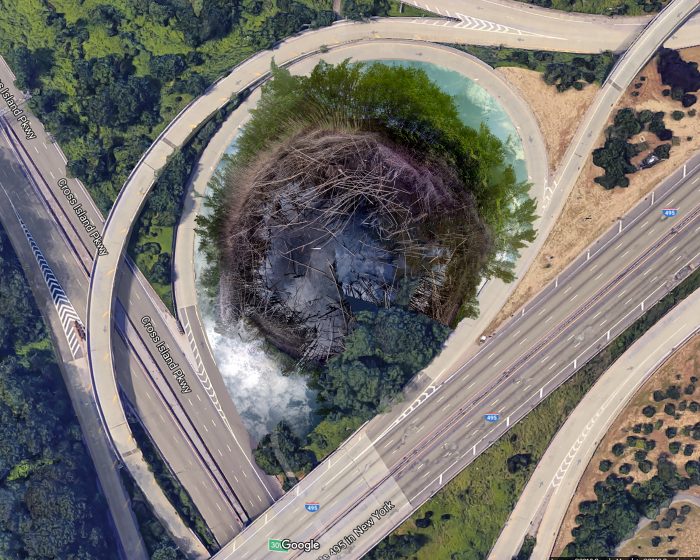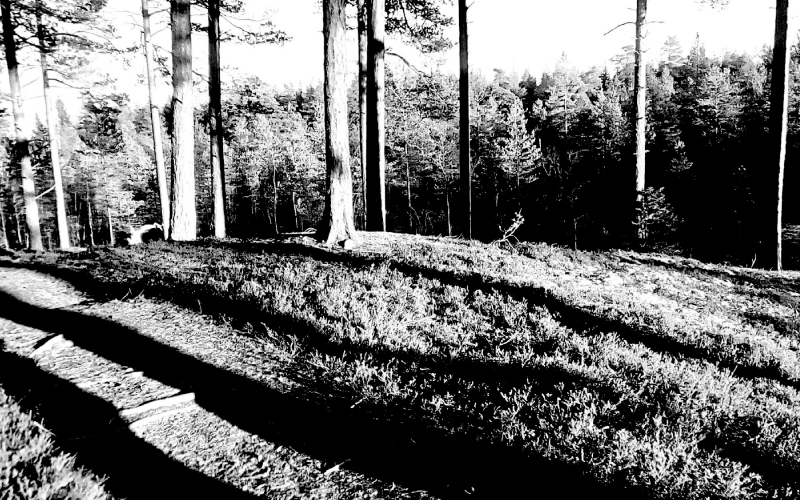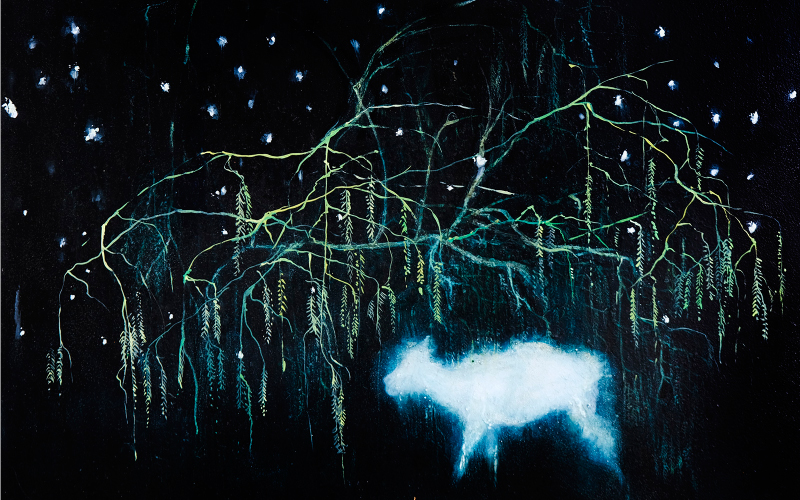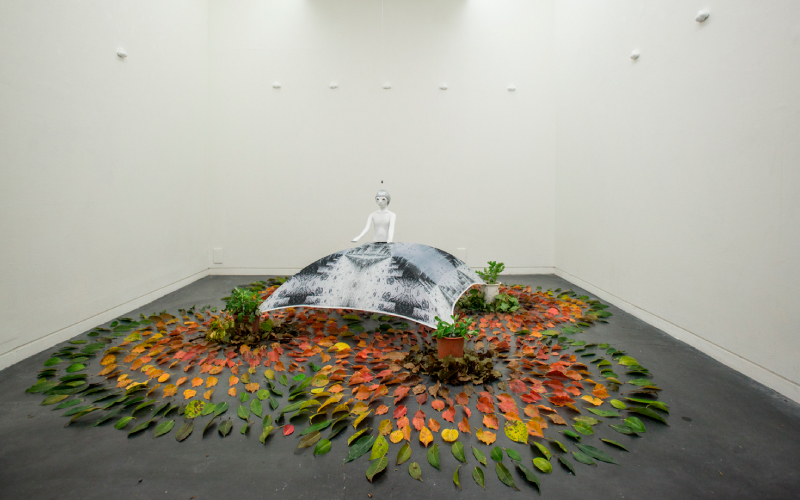Welcome! This interactive exhibition–originally mounted at the Queens Museum in 2019–highlights the stories, geographies, and impacts of diverse civic stewards across New York through art, maps, and storytelling.
This is the Gallery Space’s “front door” and we are asking for a voluntary donation to support this exhibit—a tip jar, or pay-what-you-will ticket.
During COVID-19, The Urban Ecological Arts Forum at The Nature of Cities is bringing to life virtual exhibition spaces, highlighting current exhibitions on urban ecological themes that would otherwise be impossible to experience due to the closure of cultural facilities. Your ticket purchase ensures that that this online forum can continue to bring ecological arts to the public. 100% of your donation goes to support the continuation of these exhibitions. You can see the show for free too; scroll down. But please consider a donation.
Buy a TicketWho Takes Care of New York?
Civic leaders and community members regularly put time and energy into caring and advocating for the environment. We call these acts of care stewardship. Beyond improving the green and blue spaces in our city, stewardship can also lead to other types of civic action. Local stewardship groups can strengthen social trust within a neighborhood. People who come together around the shared love of a garden or park steward not just that space, but also their relationships to one another–making them poised to organize around any number of issues affecting their community.
This exhibition was originally mounted at the Queens Museum in September 2019, and highlights the stories, geographies, and impacts of diverse civic stewards across New York through art, maps, and storytelling. The virtual iteration which you are about to experience is provided through a collaboration between the Forum for Radical Imagination on Environmental Cultures (FRIEC) at The Nature of Cities, and the USDA Forest Service, NYC Urban Field Station.
This exhibit draws upon the USDA Forest Service’s Stewardship Mapping and Assessment Project (STEW-MAP), which is a dataset of thousands of civic stewardship groups’ organizational capacity, geographic territories, and social networks. STEW-MAP has been implemented in approximately a dozen global locations; it was piloted first in New York City in 2007 and then updated in 2017, which was the source of the data that were used in this exhibit.
The show features artists whose work aligns with the themes of community-based stewardship, civic engagement, and social infrastructure: Magali Duzant, Matthew Jensen, Jodie Lyn-Kee-Chow, and Julia Oldham. Through photography, drawing, book arts, and performance, these artists reflect upon, amplify, and interpret the work of stewards and the landscapes and neighborhoods with which they work.
STORIES
In their own words
When you take care of a place you love, you are engaging in stewardship. Whether you pick up trash that you see in your park, band together with a few neighbors to tend to the trees in front of your building, advocate for living wages for green jobs, or teach the next generation about the importance of biodiversity, you are joining a network of care that keeps cities like New York green and flourishing for all. Caring for the environment happens at different scales, and there are roles for all sectors: public, private, and civic. Most often, civic environmental stewardship happens in groups–from a couple of friends, to small informal associations, to citywide or even international non-profts. But sometimes the important work of these civic groups can go unrecognized. This exhibition aims to make these groups more visible through sharing their stories.
Highlighted Stories from STEW-MAP
USDA Forest Service/ Pratt SAVI
Quotes on this page are taken from interviews with stewardship groups that are documented in STEW-MAP. USDA Forest Service researchers asked stewards to share their definition of stewardship, stories of ways in which they helped to take care of the environment, and their vision for the future of stewardship work in NYC.
The Forest Between: Street Trees and Stewardship in New York City
Matthew Jensen
Training his eye on the street tree, Matthew Jensen reveals the incredible resilience of this form of
nearby nature that is for many New Yorkers–and for many urban dwellers around the world—their first entry point into stewardship action. This photographic series celebrates the myriad ways city residents care for street trees and the spaces surrounding them. Jensen is especially taken with what he refers to as New York’s amazing trees—distinctive for their impressive size, ability to thrive in unexpected locations and defy such obstacles as extreme damage or abnormal habitat. Jensen’s project recognizes a diversity of practices—from homemade tree guards and creative support systems, to ornate gardens. Through the process of researching and documenting, the artist also participates in his own form of tree stewardship—including becoming licensed as a Citizen Pruner to better care for trees.
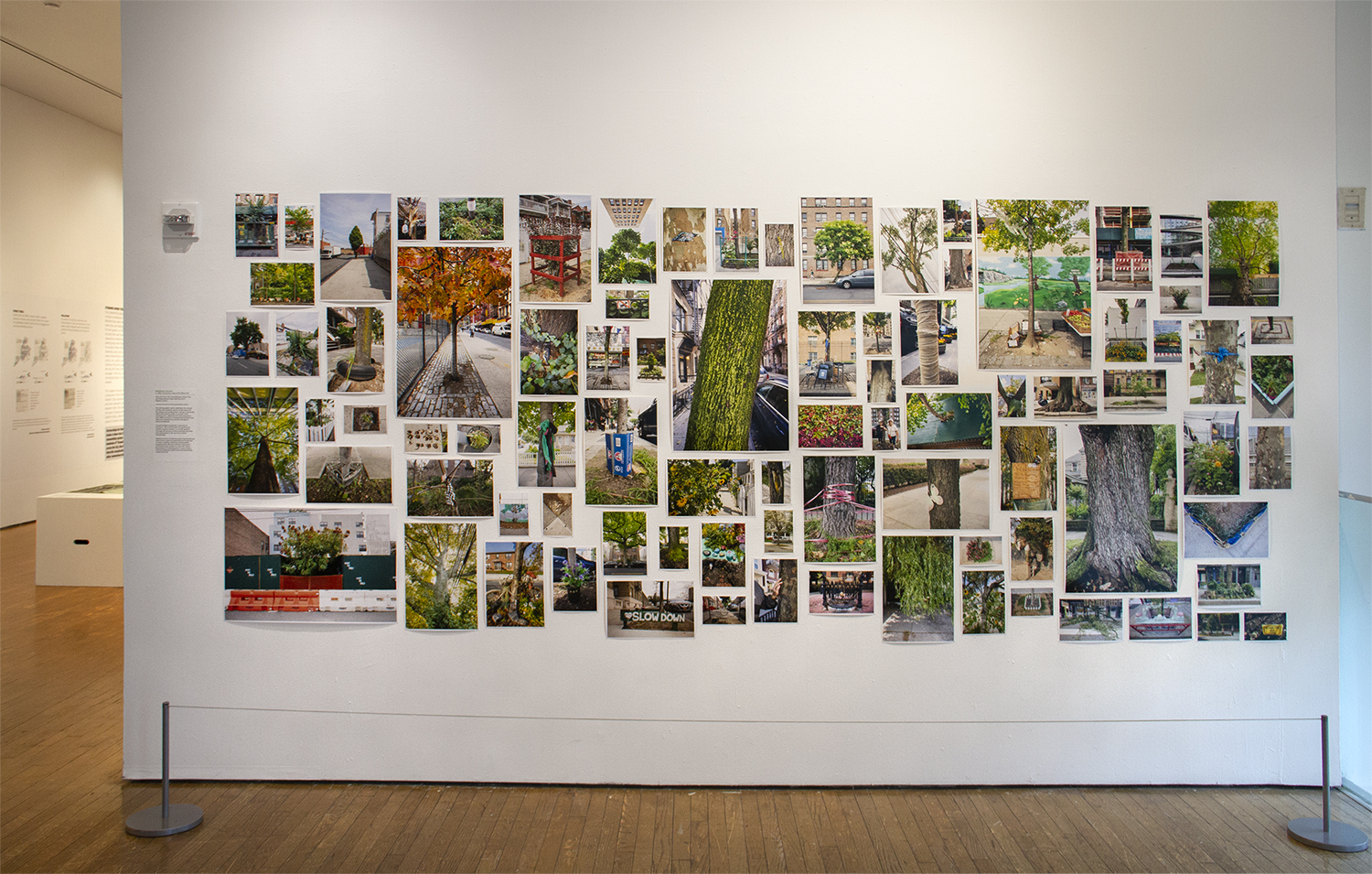






Matthew Jensen (b. 1980, Connecticut, lives in The Bronx) is a Bronx-based interdisciplinary artist whose rigorous explorations of landscape combine walking, collecting, photography, mapping and extensive research. During his 2017/2018 artist residency at the NYC Urban Field Station he developed his current project The Forest Between: Street Trees and Stewardship in New York City | jensen-projects.com
GEOGRAPHIES
Stewards work across space and time
Stewardship territory reflects each group’s claim on space; it is their basis of power and their landscape of care and concern. Territory ranges in scale from a single tree, to a watershed, to an entire region. It varies in shape and can include rectangular lots, linear strips, curving shorelines, and blocky political districts. For some stewards, such as community gardeners, territory is the specific site where physical land management occurs. Other groups focus on advocacy across wider spatial scales — such as environmental justice groups running neighborhood air quality or green job campaigns. Finally, some groups focus on transformation of waste, food, or energy systems, and therefore have multiple sites across the city. Stewardship groups don’t just focus on the environment. They hail from many different sectors, including public health, social services, transportation, education, and housing. Yet, these groups all share the belief that the environment can be a catalyst for social change.
Explore the Interactive STEW-MAP Dashboard
USDA Forest Service/ Pratt SAVI
Stewardship groups not only exist, they persist. They have evolved along with the social, political, economic, and environmental histories of our city. This interactive dashboard shows the year in which stewardship groups were founded, divided by their areas of focus. Below are results of all STEW-MAP groups across NYC.
Undiscovered City
Julia Oldham
Oldham’s series presents an amalgamated vision of New York City’s future, inspired by conversations with those most intimately connected to its wilderness. During her New York City Urban Field Station residency, the artist used the STEW-MAP database to connect with nearly 40 stewards of the city’s natural areas. Asking scientists, park rangers, gardeners, beekeepers, educators and volunteers to share their views – especially in regard to nature and climate change – Oldham collected projections ranging from the utopian to the less optimistic. The visual narratives here are a combination of Oldham’s own methodical documentation to create a unique 360-degree photograph, followed by a process of digital collaging with satellite images, drawings, and found photographs.
Julia Oldham ( b. 1979, Maryland, lives in Eugene, OR) expresses moments of hope in a world on the edge of environmental collapse. Working in a range of media including video, animation and photography, she explores potential in places where human civilization and nature have collided uneasily | www.juliaoldham.com
ACTIONS
Stewards are agents of change
The power of civic environmental stewardship groups comes from their ability to create lasting change through direct action, management, education, and advocacy. These groups work on everything from restoring New York City’s oyster population, to protecting natural areas from development, to helping women get outside to exercise and form empowering friendships and civic ties. Stewardship is one of the ways that communities respond to social-ecological disturbances and stressors . After a crisis, first responders help to stabilize life and property. As part of longer term recovery and preparedness cycles, stewards can serve as “green responders,” helping to rebuild communities and landscapes through environmental action. This pattern has repeated over time in New York City, with stewardship groups forming or adapting their work in response to the fiscal crisis of the 1970s, September 11th, Hurricane Sandy, and COVID-19. The act of caring for local places can transform not only the physical environment, but also our relationships to those places, and, perhaps most importantly, our relationship to each other. It is this shared sense of trust and reciprocity that serves as a building block for the radical changes that are required to steer our cities toward a more just and sustainable future.
New York Climate Change & Stewardship Map
USDA Forest Service/ Pratt SAVI
This map reflects on our changing climate and its multiple impacts, including more intense coastal flooding and an increase in the heat island effect. Stewardship groups are on the front lines of observing these impacts, adapting to change, and enhancing the ecological function of sites.
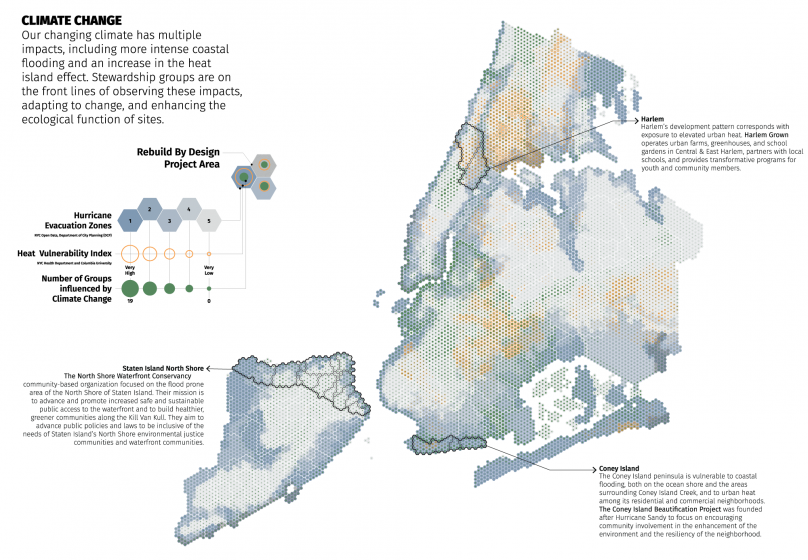
Whole Queens Catalog
Magali Duzant
How can we understand both the collective impact and individual experiences of thousands of stewards? Magali Duzant’s work takes a deeper dive into the knowledge, practices, and actions of stewards in Queens, NY, revealing that each of these dots on a map is composed of unique lifeways and histories.
Whole Queens Catalog is a free (limited run) publication that takes inspiration from Stewart Brand’s 1960’s American counterculture magazine and product catalog (Whole Earth Catalog). Duzant has gathered anecdotes, recipes, disaster survival techniques, and other wisdom from stewardship groups throughout Queens that she identified from the STEW-MAP database and additional research.
Magali Duzant (b. 1987, Queens, NY, lives in Queens) is an interdisciplinary artist based in New York. Her work spans photography, books, installation, and text. In collaborative and participatory approaches to projects, she couples research-based practices with a poetic knack for capturing where public and private experiences converge | magaliduzant.com
NETWORKS
Stewards work collaboratively
Connectivity is key for successful stewardship. NYC civic stewardship groups are making connections and collaborating across a broad constellation of stakeholders. Whether they need more volunteers for an event they are holding, a bag of compost for their garden, or information about how to build their own tree guards, the larger stewardship network provides. STEW-MAP asked groups who they work with in order to visualize these vital connections of ideas, materials, labor, and capital. Over time, these relationships shape governance across civic, public, and private sectors, and influence the policy agenda and the form of the city.
New York Stewardship Networks
USDA Forest Service/ Pratt SAVI
This diagram focuses on the civic-to-civic component of the STEW-MAP respondent network. Dots represent individual groups and lines represent collaborative ties between them. The network is organized by the types of places where groups work (athletic fields, urban farms) and their issues of concern (employment, seniors).
Note: Partnerships for Parks is the central broker in New York City’s civic stewardship system. Working with hundreds of “Friends of Parks” groups across the city, they have been removed from this visualization in order to see other connections between groups.
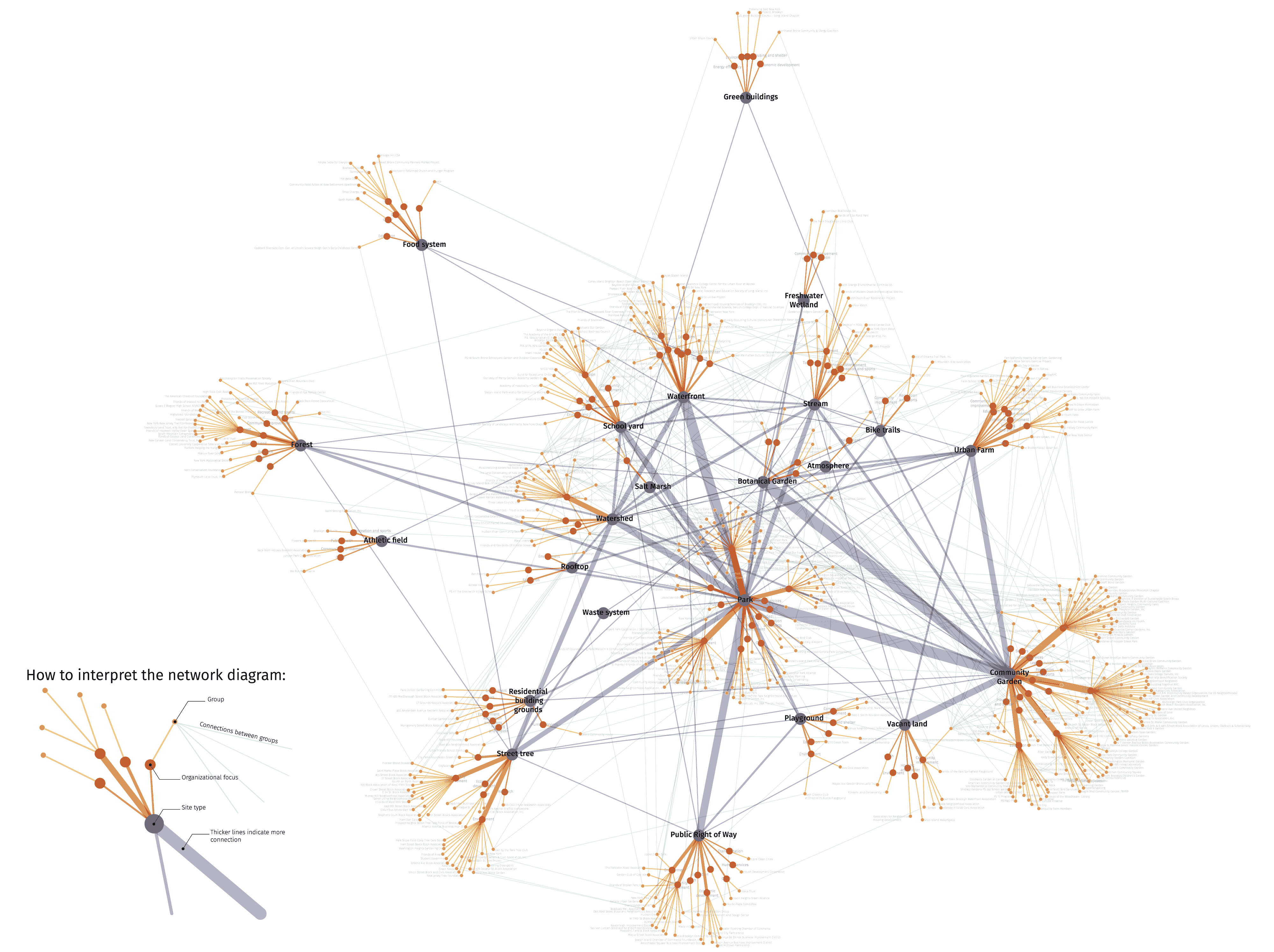
The Picnic: Harvest of the STEW
Jodie Lyn-Kee-Chow
Visualizing the power of sometimes subtle forces is not easy. How do we show the strength of a network? Jodie Lyn-Kee-Chow’s work uses a patchwork dress, a picnic, a participatory performance—each of these forms demonstrate ways in which the whole is greater than the sum of its parts.
Since 2010, Lyn-Kee-Chow has created a series of picnic performances that set up space for the public to have conversations. Inspired by the kitchen tablecloths of her grandmother, she sews together vinyl tablecloths from bargain stores, creating elaborate dresses that double as picnic blankets. Embracing her mixed Chinese and Jamaican heritage, her projects reflect on multiculturalism, food migration and the colonial food trade. Hailing from a lineage of farmers on both maternal and paternal sides of her family, food justice has a particularly personal connection for the artist.
Jodie Lyn-Kee-Chow’s September 15, 2019 participatory performance occurred on the lawn directly outside of Queens Museum and honored stewardship groups in the five boroughs whose work centers around food justice issues. Lyn-Kee-Chow was joined by representatives from Edible Schoolyard NYC, Hunter College NYC Food Policy Center, Smiling Hogshead Ranch, and Sunnyside CSA, groups she learned about through the STEW-MAP database. These organizations serving The Bronx, Brooklyn, Harlem, and Queens were highlighted for their projects organized by and supporting New York City’s communities of color and immigrant populations.
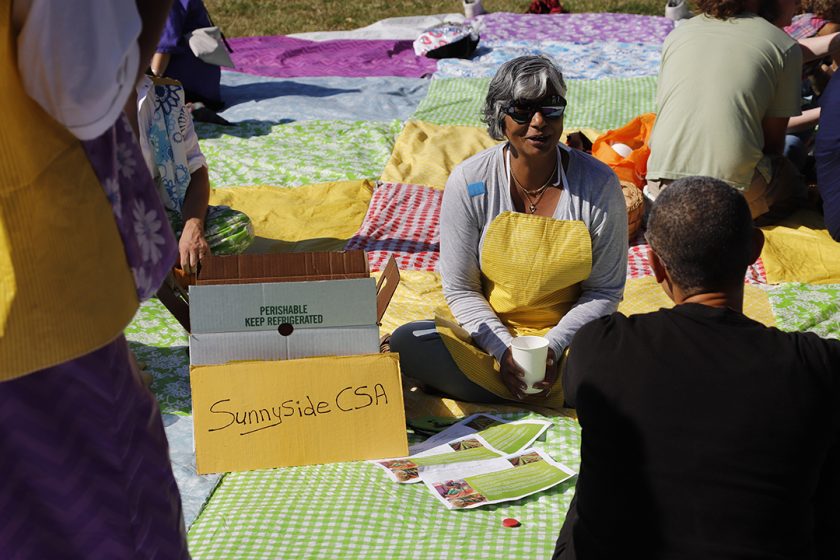
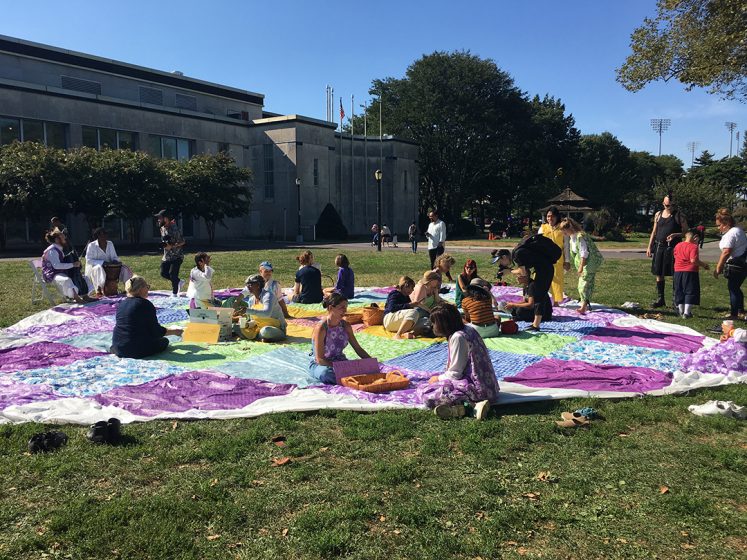
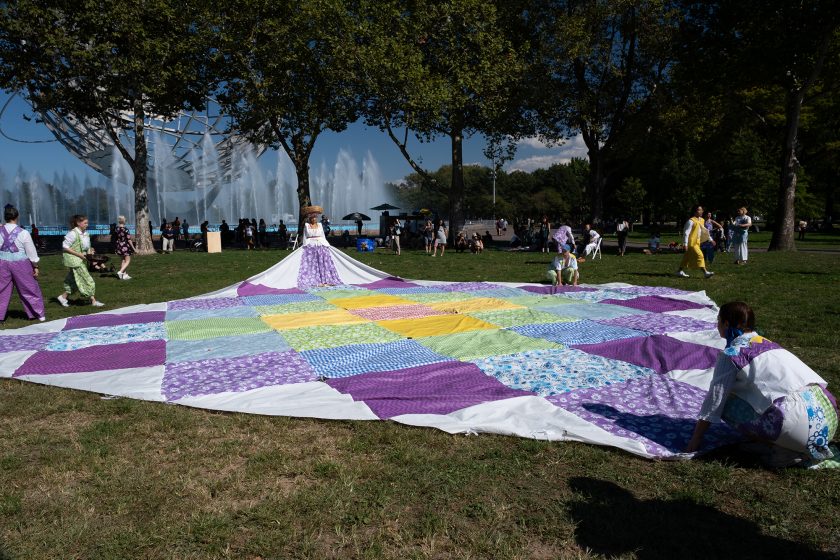
videographer: Lugao Ukas Casidid-Kasberg
image credits (left to right): Christina Freeman, Catherine Grau, Chanel Matsunami Govreau
Jodie Lyn-Kee-Chow ( b. 1975 Manchester, Jamaica, W.I., Lives in Queens) is a 1.5 generation Jamaican-American interdisciplinary artist living and working in Queens, NY. Her work often explores performance and installation art, drawing from the nostalgia of her homeland, Caribbean folklore, fantasy, globalism, spirituality, and migration | jodielynkeechow.com
Exhibition Credits
This exhibition was organized by NYC Urban Field Station, and adapted as virtual exhibition by the Forum for Radical Imagination on Environmental Cultures (FRIEC) at The Nature of Cities.
PRODUCTION
USDA Forest Service, NYC Urban Field Station
—
Lindsay Campbell; Michelle Johnson; Erika Svendsen, USDA Forest Service
Laura Landau, Rutgers University and NYC Urban Field Station
Caitlin Boas, NYC Department of Parks and Recreation
Can Sucuoğlu; Jessie Braden; Case Wyse; Josephina Matteson; Zachary Walker; Lidia Henderson, Pratt Institute, Spatial Analysis and Visualization Initiative
Christina Freeman, independent curator
VIRTUAL ADAPTATION
Forum for Radical Imagination on Environmental Cultures
at The Nature of Cities
—
production for this exhibition:
Patrick M. Lydon, arts editor
Karen Tsugawa, web developer
support:
David Maddox, TNOC director
M’Lisa Colbert, TNOC associate director
Carmen Bouyer, arts editor
Also on View at FRIEC
Join us as we bring to life interdisciplinary exhibitions that were canceled due to COVID-19.

